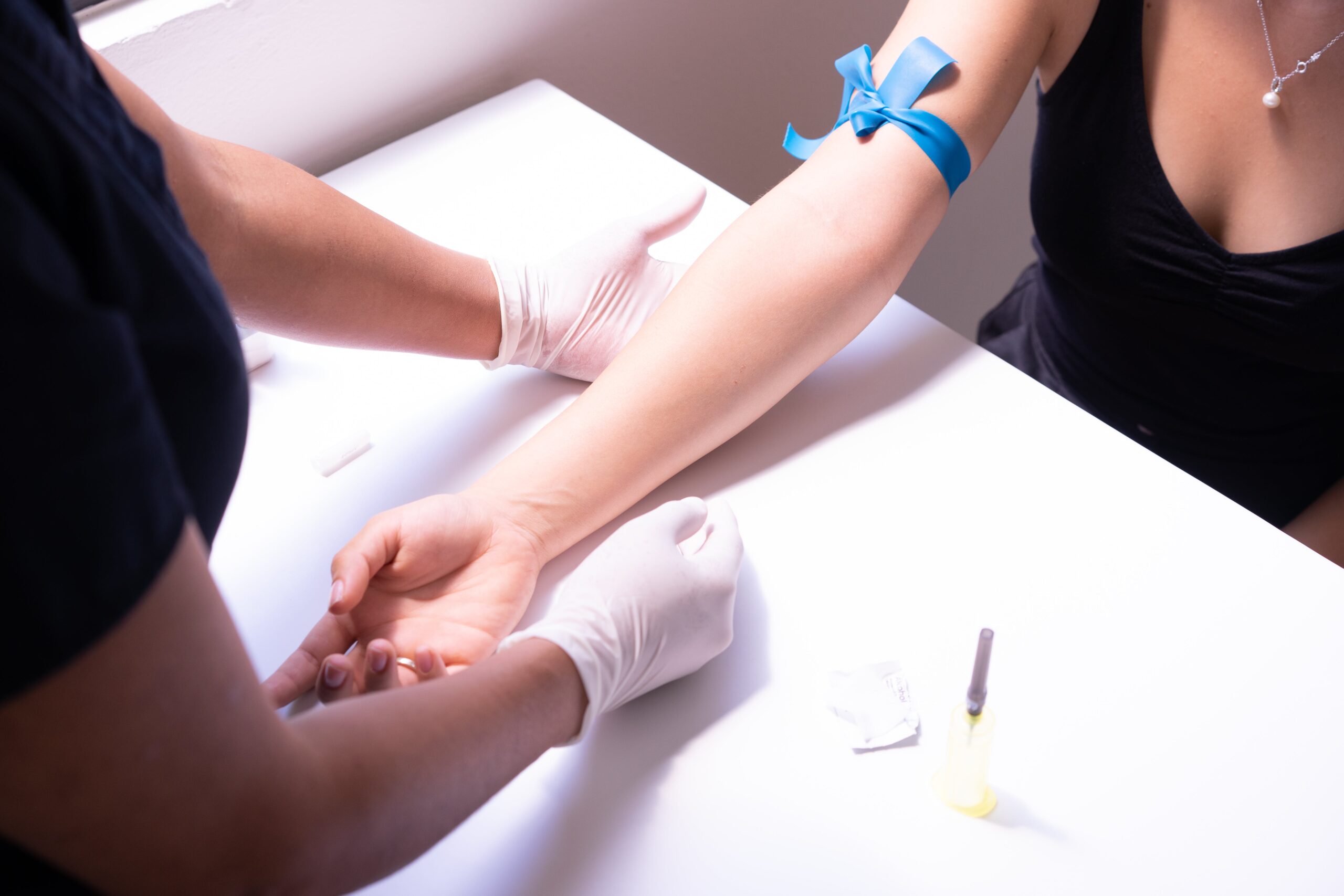Get This Report on Northeast Medical Institute - New Haven Campus Phlebotomy Course & Cna Class
Get This Report on Northeast Medical Institute - New Haven Campus Phlebotomy Course & Cna Class
Blog Article
The Greatest Guide To Northeast Medical Institute - New Haven Campus Phlebotomy Course & Cna Class
Table of ContentsA Biased View of Northeast Medical Institute - New Haven Campus Phlebotomy Course & Cna ClassThe Of Northeast Medical Institute - New Haven Campus Phlebotomy Course & Cna ClassGet This Report about Northeast Medical Institute - New Haven Campus Phlebotomy Course & Cna ClassFacts About Northeast Medical Institute - New Haven Campus Phlebotomy Course & Cna Class UncoveredNortheast Medical Institute - New Haven Campus Phlebotomy Course & Cna Class Things To Know Before You Buy3 Simple Techniques For Northeast Medical Institute - New Haven Campus Phlebotomy Course & Cna Class
Nonetheless, making use of such gadgets must be gone along with by other infection prevention and control practices, and training in their usage. Not all safety and security tools apply to phlebotomy. Before picking a safety-engineered gadget, individuals should thoroughly investigate offered devices to establish their ideal use, compatibility with existing phlebotomy practices, and efficiency in shielding personnel and clients (12, 33).For settings with reduced resources, expense is a driving consider procurement of safety-engineered tools - PCT Classes. Where safety-engineered gadgets are not offered, experienced usage of a needle and syringe is acceptable. Unintended direct exposure and certain details about an event need to be tape-recorded in a register. Assistance services must be advertised for those who undertake unintentional direct exposure.
Among the important pens of high quality of treatment in phlebotomy is the participation and participation of the individual; this is mutually helpful to both the wellness employee and the person. Clear details either created or spoken need to be available to each patient who undergoes phlebotomy. Annex F supplies sample text for discussing the blood-sampling procedure to a client. In the blood-sampling area for an outpatient department or clinic, provide a comfy reclining couch with an arm rest.
9 Easy Facts About Northeast Medical Institute - New Haven Campus Phlebotomy Course & Cna Class Described
Ensure that the indicators for blood tasting are clearly specified, either in a written procedure or in recorded instructions (e.g. in a research laboratory form). In any way times, follow the methods for infection prevention and control noted in Table 2.2. Infection avoidance and control methods. Gather all the tools needed for the procedure and area it within safe and very easy reach on a tray or cart, making certain that all the products are plainly noticeable.
Introduce yourself to the client, and ask the client to state their full name. Examine that the laboratory type matches the client's identity (i.e. match the patient's details with the research laboratory kind, to ensure exact identification).
Make the patient comfortable in a supine placement (ideally). Location a clean paper or towel under the patient's arm. Review the examination to be performed (see Annex F) and obtain spoken approval. The client has a right to refuse a test at any kind of time prior to the blood sampling, so it is very important to make certain that the individual has understood the procedure.
Get This Report on Northeast Medical Institute - New Haven Campus Phlebotomy Course & Cna Class
Extend the individual's arm and evaluate the antecubital fossa or forearm. Find a blood vessel of a good size that shows up, straight and clear. The representation in Area 2.3, reveals usual positions of the vessels, however lots of variants are feasible. The typical cubital vein lies in between muscles and is typically the most very easy to pierce.
DO NOT put the needle where capillaries are drawing away, since this enhances the opportunity of a haematoma. Locating the blood vessel will certainly help in identifying the appropriate size of needle.
Specimens from main lines bring a risk of contamination or wrong lab examination results. It is acceptable, however not perfect, to draw blood samplings when very first introducing an in-dwelling venous gadget, before linking the cannula to the intravenous fluids.
More About Northeast Medical Institute - New Haven Campus Phlebotomy Course & Cna Class
Failure to enable adequate call time raises the threat of contamination. DO NOT touch the cleaned site; in particular, DO NOT place a pop over here finger over the vein to lead the shaft of the exposed needle.
Ask the patient to form a fist so the veins are much more famous. Go into the blood vessel promptly at a 30 level angle or much less, and remain to introduce the needle along the blood vessel at the most convenient angle of access - Phlebotomy Courses. Once adequate blood has actually been collected, launch the tourniquet BEFORE taking out the needle
What Does Northeast Medical Institute - New Haven Campus Phlebotomy Course & Cna Class Do?
Withdraw the needle delicately and apply gentle pressure to the site with a tidy gauze or completely dry cotton-wool round. Ask the individual to hold the gauze or cotton woollen in position, with the arm expanded and raised. Ask the client NOT to flex the arm, because doing so triggers a haematoma.

Not known Incorrect Statements About Northeast Medical Institute - New Haven Campus Phlebotomy Course & Cna Class
Where possible, keep the tubes in a rack and move the rack towards you - https://www.twitch.tv/northeastmed/about. If the example tube does not have a rubber stopper, infuse very gradually into the tube as lessening the pressure and velocity made use of to transfer the sampling lowers the risk of haemolysis.

Report this page